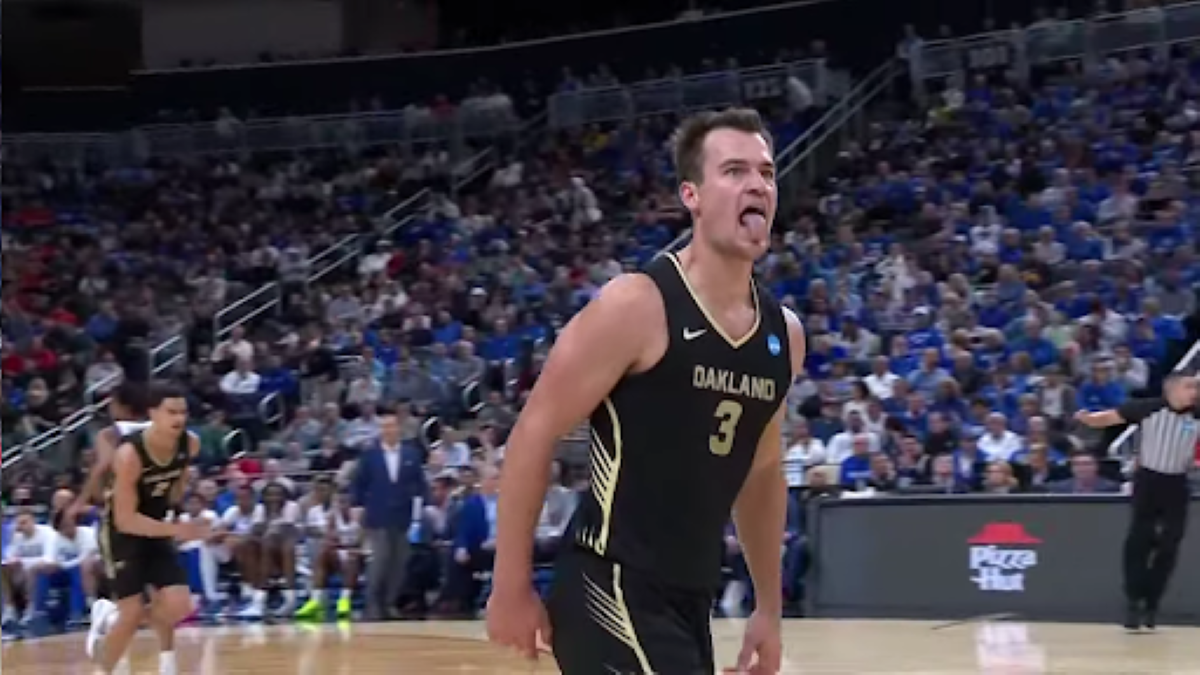In the interest of speeding up the pace of professional baseball games, new rules have been thrust upon the players, the teams, and the fans, actually starting prior to Covid-19, with three new rule changes effective the 2023 baseball season.
As a baseball purist, I object to just about every rule change since, and including, the imposition of the designated hitter in the American League in 1973. Sadly, the National League caved and adopted the designated hitter full-time this season after using it during the 60-game Covid-shortened 2020 season for the first time (with the exception of interleague play, something I also abhor).
Yes to the Pitch Clock
That said, one of the three new rule amendments is a change I actually support (mostly, despite the inclusion of some unnecessary minutiae) — the introduction of the pitch clock. Currently employed in the minor leagues, the pitch clock is proving successful in its quest to move the game of baseball along. For the first two weeks of the minor league season, nine-inning games clocked in at two hours and 59 minutes, sans pitch clock. From April 15 through the first week of September, minor league games, now with the pitch clock, crossed the finish line in two hours 35 minutes — with 24 minutes shaved off. Nine-inning Major League games are lasting an average of three hours and five minutes this season. If for nothing else, by the time minor league pitchers reach the majors, they will be fully ensconced in the world of the pitch clock.
Once the pitch clock hits MLB, there will be 30 seconds between batters. Between pitches, there will be a 15-second clock when the bases are empty, and 20 seconds with runners on base. Should the pitcher fail to begin his motion before the clock expires, an automatic ball will be called against him. Should the batter not be in the batter’s box and “alert to the pitcher by the 8-second mark,” an automatic strike will be called against him.
Maybe to Bigger Bases
Another rule change that could have merit, if employed properly, is the growth of the bases from 15 inches square to 18 inches square. The purpose here is to give runners and defenders a bit more room to avoid collisions and to help avoid players getting stepped on or inadvertently spiked. It could also reduce the amount of oversliding of bases (a player oversliding a base and losing contact with that base, if tagged, is out).
Herein lies the problem. With larger bases, the distance between the bases will shrink by four and one-half inches. This will make stealing bases easier and will make beating out close plays for infield hits easier as well. That actually is a problem since, for more than a century and a half, the distance between the bases has been an even 90 feet. Records will be artificially rewritten, the same way they were when the regular season expanded from 154 games to 162 games.
The only way for the base expansion to keep records honest would be to move the bases, ensuring the 90-foot distance between them is maintained.
Absolutely Not to Banning the Shift
The one rule change of the three passed by the Competition Committee that has absolutely no merit, and smacks of imposing some “equity”-inspired attempt to fix performance problems by controlling games, is banning the shift.
For the uninitiated, the shift is a defensive strategy employed in the infield, oftentimes positioning three infielders either to the left or to the right of second base. Sometimes an infielder will move behind the infield to the short outfield. This strategy is a maneuver clearly designed to prevent the batter from successfully reaching base as he is prone to hitting the ball typically to the side of the infield where the greater number of players are positioned. This strategy has negatively impacted hitters’ batting averages, with fewer hits, fewer baserunners, and less action on the field. It also inevitably means fewer runs being scored. By banning the shift, the four infielders must be evenly distributed on either side of second base — two to the left, two to the right — and be fully ensconced on the dirt of the infield, standing on nary a blade of outfield grass.
Here’s where the “equity” nonsense emerges. Because the defense has the advantage, this rule is designed to handcuff the team in the field because the batters’ averages are dropping. So instead of encouraging the batters to work harder at hitting the other way, or dropping down a bunt (a lost art in and of itself), the league has to create a rule change to make it easier for the batters. I oppose this handcuffing of the defense.
It’s good managing to be able to position the players where the manager thinks it best to prevent the other team from getting on base and scoring. The solution is simple: Hit better! Or bunt. Drop a bunt down the lesser defended side of the infield and a batter can run all day. A few of those and the defense will think twice about the shift — problem solved, on its own, without a mandate from on high.
Stop Coming up with Unnecessary Rules
The imposition of these rules comes via the Joint Competition Committee, which consists of four active MLB players, six members of management appointed by MLB itself, and one umpire. Base enlargement received unanimous support from the committee. The pitch clock and banning of the shift passed, but with split votes, the players voting against both in defeat.
However, there should be a ray of hope and sanity with the addition of the pitch clock. As it is designed to increase the pace of play, there are recent rule changes that must be ended and reversed. End the no-pitch intentional walk. End the mandatory three batter or end of the inning rule for relief pitchers — yet another rule handcuffing the defense. End the automatic runner on second base starting all extra innings — that was imposed during Covid to prevent games from going deep into multiple extra innings.
No true baseball fan wants to see rule changes that will radically alter the national pastime that has brought joy (and yes, anguish) to millions of, not just Americans, but fans around the world. Baseball is huge in Japan, South Korea, Cuba, the Dominican Republic, and elsewhere throughout Latin America; it’s also growing in popularity in Australia and even Israel.
In an effort to draw new, younger fans to the great game of baseball, the powers that be, including the incompetent Commissioner Rob Manfred, are in jeopardy of losing many of the longstanding fans who simply wish for the game to be played as it has for more than a century and a half. The pitch clock should have its desired effect, both on the field and off. Reverse or end the other superfluous rule changes and all will be right with the baseball world. Play ball!









